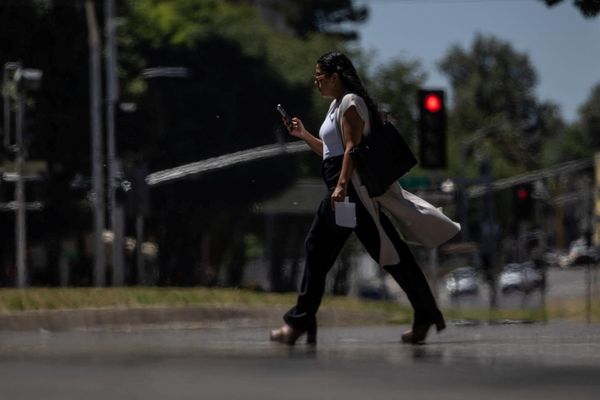
Singapore’s prime minister has promised a “thorough investigation” after a British passenger died and 20 required intensive care after severe turbulence on a Singapore Airlines flight from London.
Confirming that 131 passengers and 12 crew had arrived in Singapore on a different plane, Lawrence Wong offered his condolences to the family of 73-year-old Geoffrey Kitchen, who died. According to authorities in Thailand, where the Singapore Airlines flight was forced to make an emergency landing, Kitchen had a heart condition and probably had a heart attack.
“I also hope and pray that those who are injured will recover and return home soon,” Wong said.
Seventy-one people with injuries were treated at Samitivej Srinakarin hospital in Bangkok, including 20 passengers who were in intensive care. Nine underwent surgery, while five more were awaiting surgery.
Singapore Airlines flight SQ321, from Heathrow to Singapore, experienced “sudden extreme turbulence” as it flew above Myanmar’s Irrawaddy Basin, 10 hours into its journey on Tuesday. The force of the turbulence launched passengers who were not wearing seatbelts and crew into the ceiling, and caused belongings to hurtle around the cabin.
Passengers described how the incident happened almost in an instant, with little time to respond to seatbelt warnings. Many of those wounded suffered head injuries.
Photos from inside the plane showed the floor and some of the overhead panel marked with blood stains, while food was strewn across the cabin.
The plane, carrying 211 passengers and 18 crew, was diverted after the pilot declared a medical emergency and it landed in Bangkok at 3.45pm local time on Tuesday. Medical teams rushed on to the plane to treat the most severely injured, carrying them on gurneys to ambulances.
Wong said he was relieved to hear 143 passengers and crew members had landed safely in Singapore on Wednesday. Relatives greeted them with hugs at Changi airport, Agence France-Presse reported.
The Singapore Airlines chief executive, Goh Choon Phong, said in a video message that he expressed his “deepest condolences to the family and loved ones of the deceased”. The airline said it was fully cooperating with authorities.
Officers from Singapore’s Transport Safety Investigation Bureau arrived in Bangkok on Tuesday night, Singapore’s transport minister, Chee Hong Tat, said in a statement.
“As this incident involves a Boeing 777-300ER aircraft, the United States’ National Transportation Safety Board is sending an accredited representative and four technical advisers to support the investigation,” he added.
Marco Chan, a senior lecturer in aviation management at Buckinghamshire New University, said a thorough investigation was needed, taking witness statements from passengers and cabin crew, as well the flight data and real-time weather data from the time of the incident.
“Was it pitching up? Was it going down? They said it was caused by severe turbulence – is there an indication from the flight data that suggests otherwise?” said Chan.
“It’s quite likely it is due to a thunderstorm, for example, or is it in fact just clear turbulence. We have to go through layer by layer to analyse what actually happen.”
Chan added: “You can consider even conversations with the air traffic controllers – whether there was a prior turbulence report. Usually, inflight, we can get turbulence reports from other pilots, we call them the Pirep. So, whenever there’s moderate turbulence, or maybe perhaps severe turbulence, we can warn each other.”
Chan said the incident underlined the need for passengers to fasten their seatbelts at all times. “Whenever they’re back to their seat, even when the seatbelt sign is not on, it is so important to remember to buckle up yourself,” he added.
Of the passengers, 56 were Australian, 47 British and 41 Singaporean, according to the airline.
The aircraft tracking provider FlightRadar 24 said the flight encountered “a rapid change in vertical rate, consistent with a sudden turbulence event” at 0749 GMT. “There were thunderstorms, some severe, in the area at the time,” it said.
Scientists have warned of increased turbulence, particularly “clear air turbulence” – which is harder to detect or forecast – as global heating warms air at higher altitudes and makes weather more unpredictable.
A 2023 study found the annual duration of clear air turbulence increased 17% from 1979 to 2020, with the most severe cases increasing more than 50%.
• This article was amended on 22 May 2024 to remove a reference to the aircraft having descended 6,000ft in three minutes, which was part of emergency landing preparations and not the cause of injuries.







